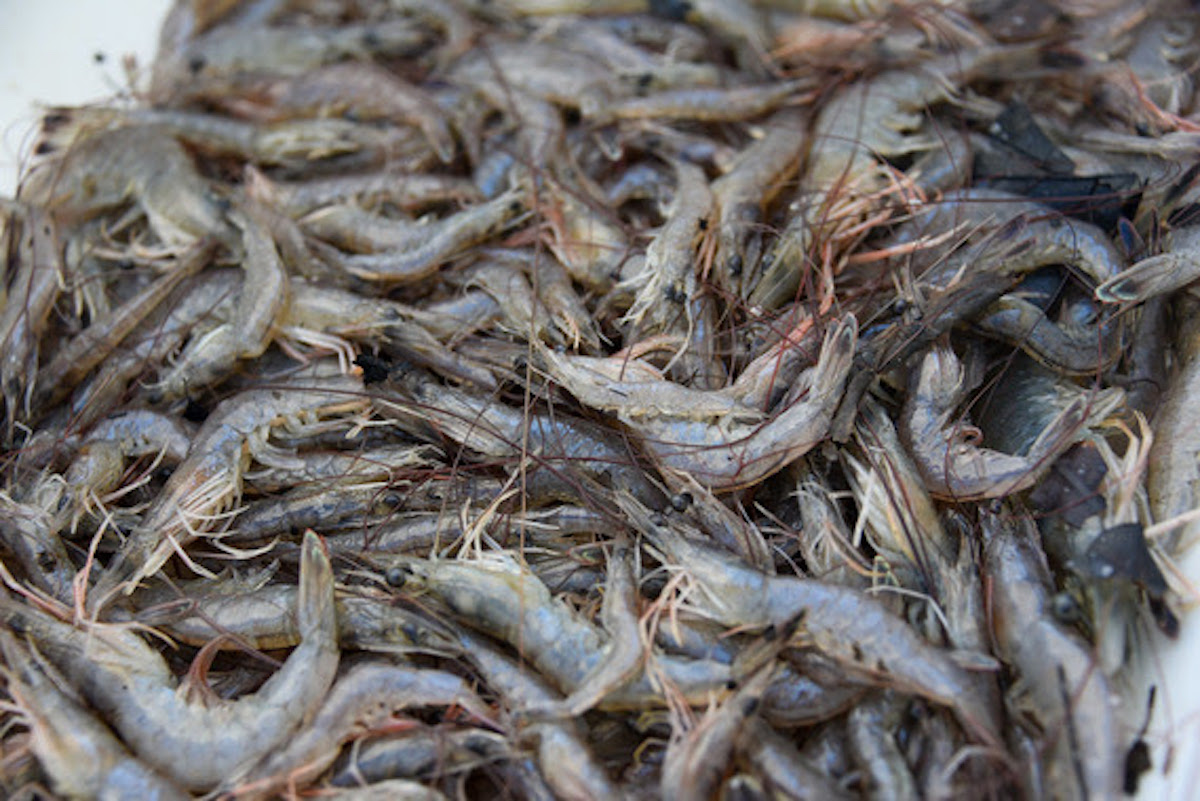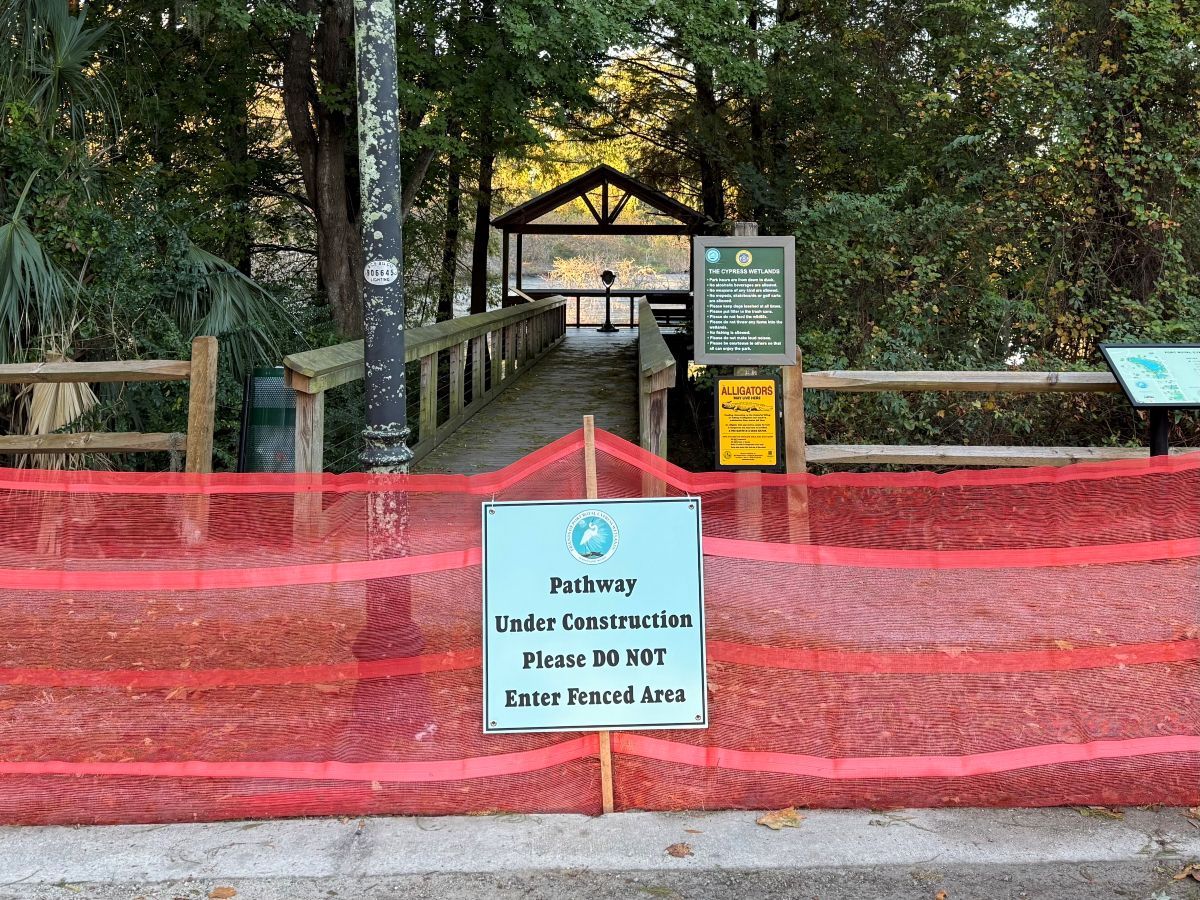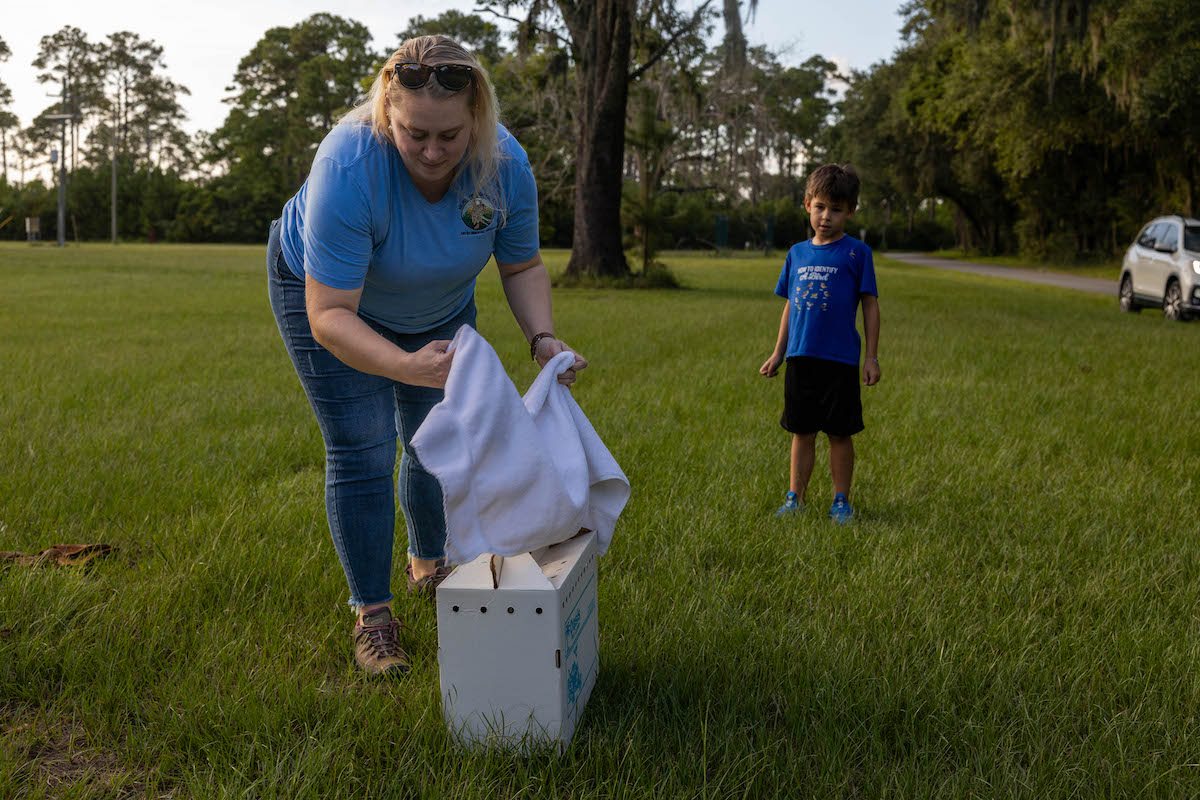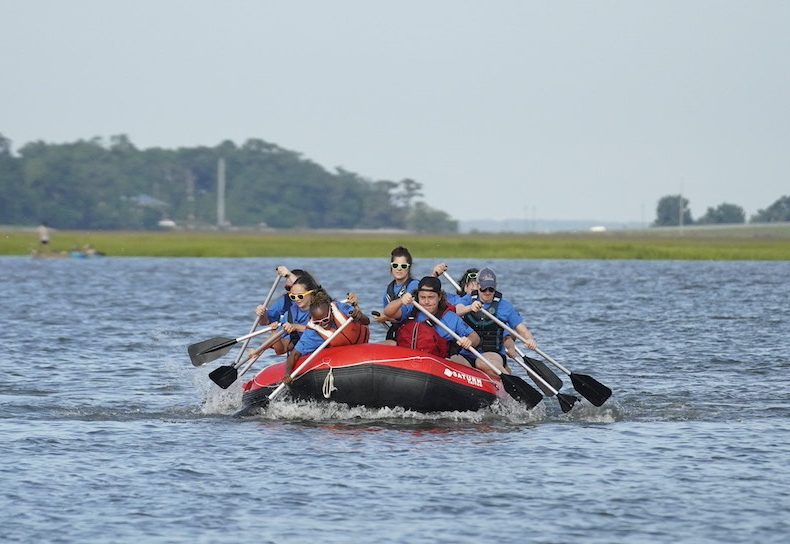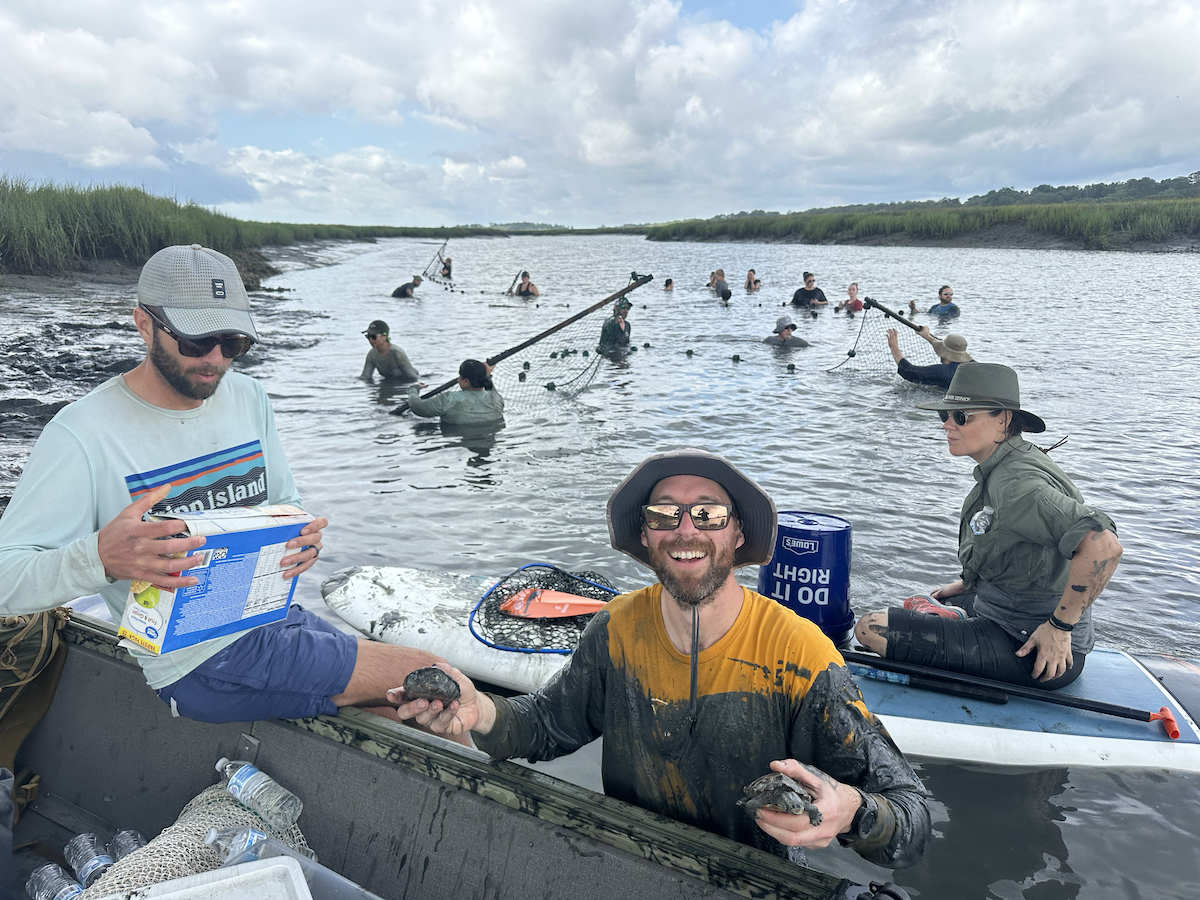S.C. Department of Natural Resources
South Carolina’s commercial shrimp trawling season opened in all legal state waters at 8 a.m. on Monday, June 2, 2025.
“Although we did have a cold snap in late January, white shrimp numbers across South Carolina’s estuaries have generally been near the long-term average this winter and spring,” South Carolina Department of Natural Resources (SCDNR) biologist Jeff Brunson said.
In an average year, shrimp season opens in full by late spring, typically after the opening of eight smaller provisional areas in the state’s outer waters. This year those provisional areas opened on April 24, allowing shrimpers to begin harvesting some larger white shrimp from farther offshore while still protecting most of the spawning population closer to shore.
SCDNR officials set the opening date for shrimp season each year based on the conditions of the shrimp themselves. Aboard both commercial and agency vessels, biologists sample and study white shrimp frequently in late spring. One of the things they’re looking for is evidence that a majority of female white shrimp have already spawned at least once.
Opening the season too soon – and allowing trawlers to catch too many females that have not had an opportunity to spawn – could reduce the size of the fall white shrimp crop, which are the offspring of the spring white shrimp.
South Carolina’s commercial shrimp calendar has historically had three peak periods. In the spring, shrimpers typically capitalize on the influx of roe white shrimp, large, early-season shrimp that generally fetch higher prices. The summer months are defined by a peak in brown shrimp, which are similar to white shrimp in size and taste. In the fall and into winter, shrimpers bring in a second crop of white shrimp; the offspring of the spring roe shrimp.
Because white shrimp are a short-lived species that are sensitive to cold water temperatures and unusually wet or dry summers, their numbers can fluctuate dramatically from year to year. However, they’re also prolific spawners – which means that the populations can quickly rebound even after a poor year or season.


